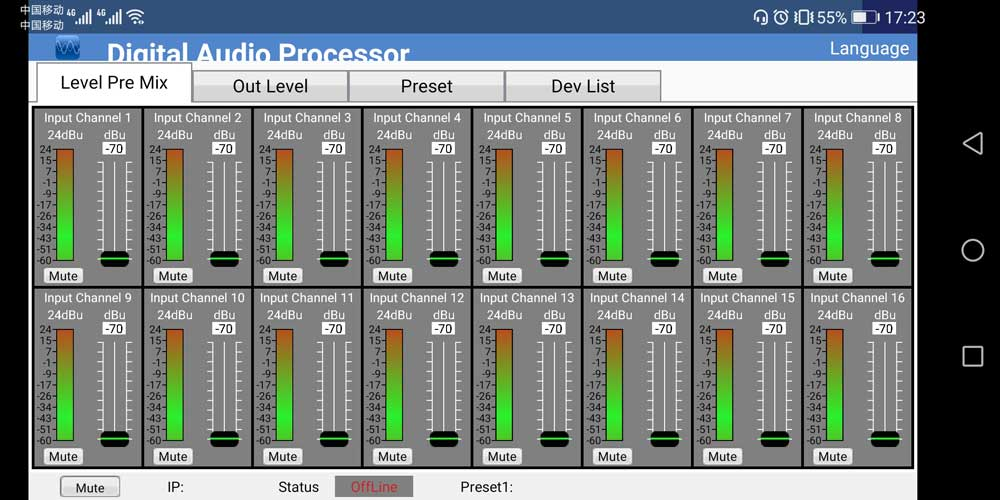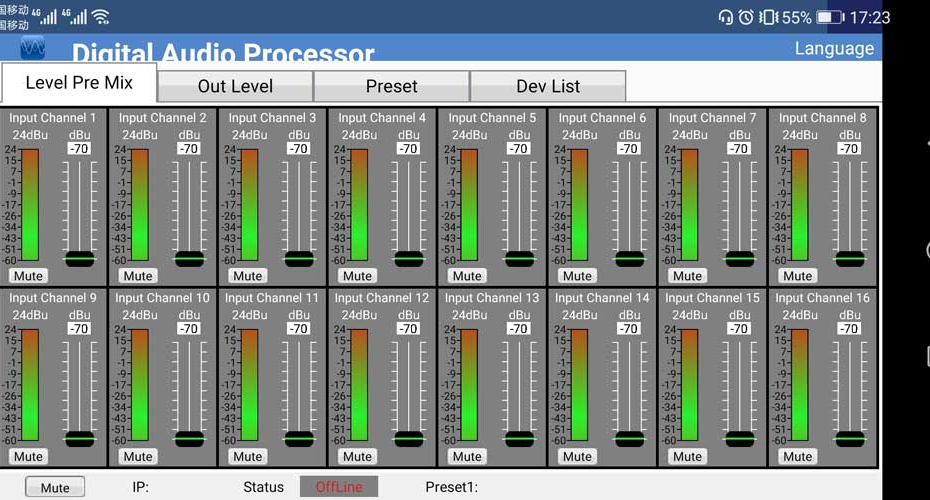The Role of Matrix Processors in Conference Systems
In the world of modern conference systems, achieving clear, reliable, and adaptable audio solutions is paramount. Matrix processors play a crucial role in streamlining and optimizing sound distribution in conference settings. Whether in boardrooms, auditoriums, or hybrid meeting spaces, these devices ensure seamless communication and superior sound quality. In this article, we will explore the role of matrix processors in conference systems, their key features, and why they are an indispensable part of any professional audio setup. By understanding their capabilities, you can make informed decisions to enhance your conference system’s performance.

What Are Matrix Processors?
Definition and Basic Functionality
Matrix processors are specialized audio devices that manage and route multiple audio inputs and outputs within a system. They enable precise control over audio signals, allowing users to mix, match, and direct sound to specific zones or endpoints. In conference systems, matrix processors ensure that audio from microphones, video conferencing platforms, and other sources is distributed effectively and without interference.
Importance of Matrix Processors in Conference Systems
Matrix processors are vital for maintaining clarity and balance in multi-source audio environments. Their ability to handle complex routing and advanced processing ensures that participants can hear and be heard without distractions. This is especially critical in large or acoustically challenging conference spaces, where unprocessed audio might lead to feedback, echo, or uneven sound levels.
Key Features of Matrix Processors in Conference Systems
Advanced Signal Routing
One of the standout features of matrix processors is their advanced signal routing capabilities. These devices can connect numerous audio sources—such as microphones, laptops, and video conferencing systems—to specific outputs, including speakers and recording devices. This flexibility allows for tailored sound distribution in various conference zones.
DSP (Digital Signal Processing)
Matrix processors come equipped with built-in DSP features, including equalization, compression, and noise suppression. These tools help refine the audio quality, ensuring crystal-clear sound for all participants. Additionally, feedback elimination and echo cancellation further enhance communication in conference systems.
Scalability and Compatibility
Modern matrix processors are designed to integrate seamlessly with other audio-visual equipment. They support various input and output formats, making them compatible with microphones, video conferencing platforms, and even networked audio systems. This scalability ensures that your conference system can grow alongside your organization’s needs.
Remote Control and Automation
Many matrix processors offer remote control functionality via software or mobile apps. This allows users to adjust settings, change signal routing, and monitor performance without needing physical access to the device. Some models also support automation, enabling pre-set configurations for different meeting types or room layouts.
Benefits of Using Matrix Processors in Conference Systems
Enhanced Audio Quality
Matrix processors significantly improve audio quality by providing precise control over sound levels and eliminating common issues such as feedback or background noise. This ensures that every participant can engage in the conversation without straining to hear or be heard.
Flexibility in System Design
The flexibility offered by matrix processors allows for custom configurations tailored to specific conference room layouts and requirements. Whether you need to route audio to multiple zones or integrate with video conferencing platforms, matrix processors provide the adaptability needed for modern systems.
Increased Efficiency
By automating complex audio tasks, matrix processors reduce the workload for technical staff. Pre-set configurations and real-time adjustments streamline operations, allowing meetings to run smoothly without delays or technical interruptions.
Cost-Effectiveness
Investing in a high-quality matrix processor can reduce the need for additional audio equipment, such as standalone mixers or processors. Their all-in-one functionality makes them a cost-effective solution for both small and large conference systems.
How to Choose the Right Matrix Processor for Your Conference System
Assess Your Needs
Before selecting a matrix processor, evaluate the size of your conference space, the number of audio sources, and the required outputs. This will help you determine the device’s channel capacity and processing power.
Consider Compatibility
Ensure that the matrix processor is compatible with your existing equipment, such as microphones, speakers, and video conferencing platforms. Look for devices that support industry-standard protocols like Dante or AES67 for seamless integration.
Evaluate User Interface
A user-friendly interface is essential for efficient operation. Test the processor’s software or app to ensure it offers intuitive controls and easy access to critical features.
Look for Scalability
Choose a matrix processor that can grow with your organization’s needs. Devices with modular designs or expandable channel counts are ideal for future-proofing your conference system.
Common Applications of Matrix Processors in Conference Systems
Boardrooms and Meeting Rooms
In boardrooms and meeting rooms, matrix processors manage audio from microphones, laptops, and video conferencing platforms. They ensure clear communication and enable seamless integration with visual displays and cameras.
Auditoriums and Large Venues
For larger spaces, matrix processors handle complex audio routing and processing, ensuring consistent sound quality across all zones. They can also manage multiple microphones and speakers to accommodate panel discussions or audience participation.
Hybrid Meeting Setups
In hybrid meetings, where participants join both in-person and remotely, matrix processors play a crucial role in balancing audio levels and minimizing delays. Their ability to integrate with video conferencing platforms ensures a cohesive experience for all attendees.
Tips for Maximizing the Performance of Matrix Processors
Regular Firmware Updates
Keep your matrix processor up-to-date with the latest firmware to access new features and maintain compatibility with other devices.
Proper Calibration
Calibrate the processor regularly to ensure optimal performance. This includes adjusting signal levels, equalization settings, and feedback suppression as needed.
Routine Maintenance
Perform routine maintenance, such as cleaning connections and checking cables, to prevent technical issues and ensure reliable operation.
Matrix processors are an essential component of modern conference systems, offering advanced audio routing, processing, and control capabilities. Their ability to enhance sound quality, streamline operations, and adapt to various setups makes them invaluable for businesses and organizations. By understanding the role of matrix processors in conference systems, you can make informed decisions to optimize your audio setup and create a seamless communication experience.
matrix processors in conference systems provide unmatched flexibility, scalability, and performance. Their advanced features ensure clear and reliable audio, making them a cornerstone of professional meeting environments. Whether you’re upgrading an existing system or building a new one, investing in a high-quality matrix processor will enhance your conference experience and future-proof your audio setup.
